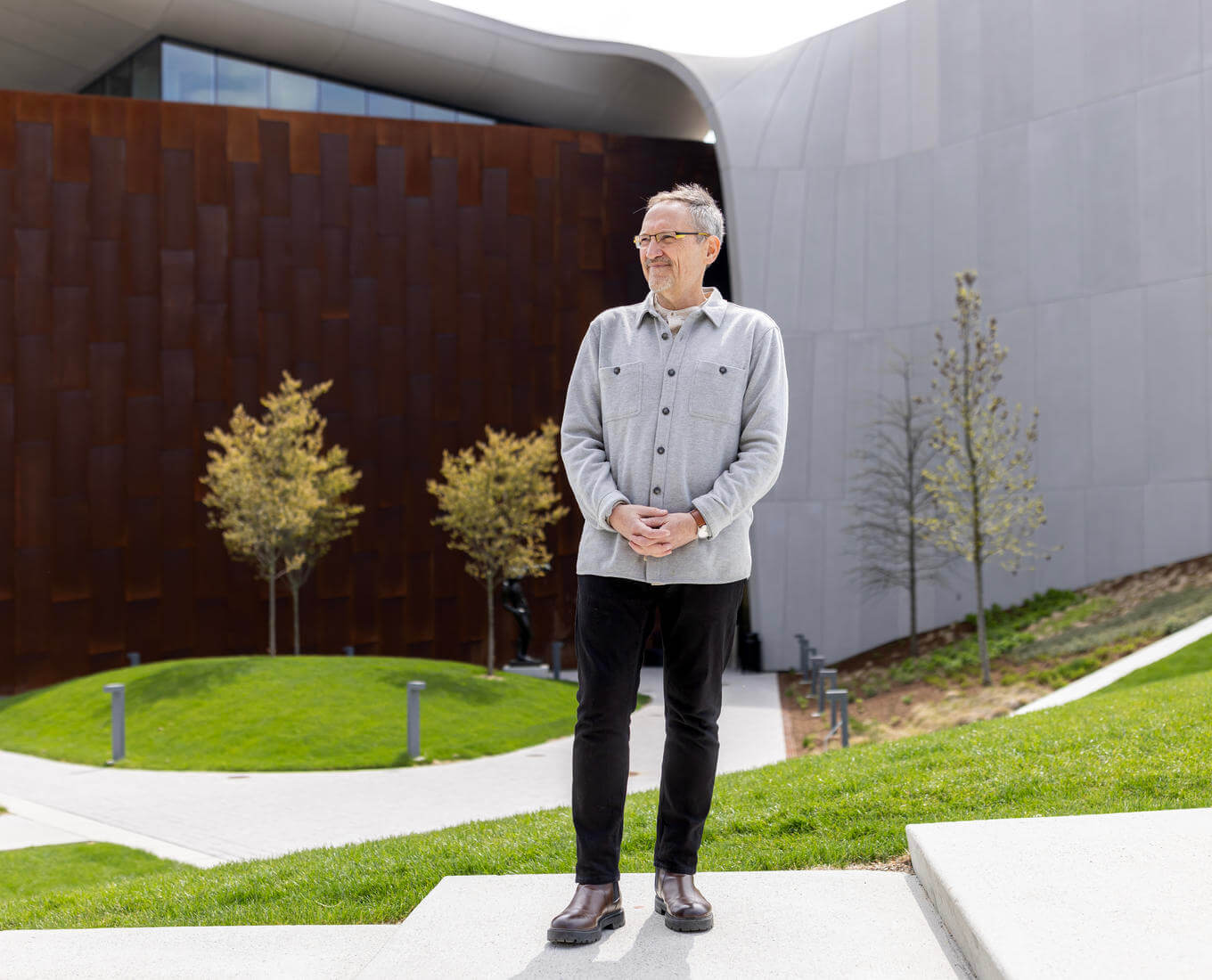I.
First, there was a box (and a student with an idea, who takes it to the president of the College because, why not?). Honestly, a student knocking on a college president’s door and asking for money to improve the campus bar seems like a world-class stunt, the action of a person who’s either on a dare or the losing side of a bet. But in the spring of 1982, Mike DeLacey ’83 thought nothing of approaching legendary Holy Cross President Rev. John E. Brooks, S.J., ’49 to chat about converting a former bowling-alley-turned-makeshift-pub in the basement of Hogan Campus Center into a bonafide campus watering hole.
Nearly 40 years later, sitting in Crossroads, the dining area adjacent to the bar today known as The Pub, DeLacey smiles and shrugs in recounting the tale. In the moment, it didn’t seem like an act of particular temerity: “I just thought it could be more than just a big, green box and that somehow it should stand for something,” he says. “It wasn’t just about decorating but, rather, helping to create an experience. I thought that patrons, while bonding over a beer, might learn — even if through osmosis — something about the College and its alums of the past.
















